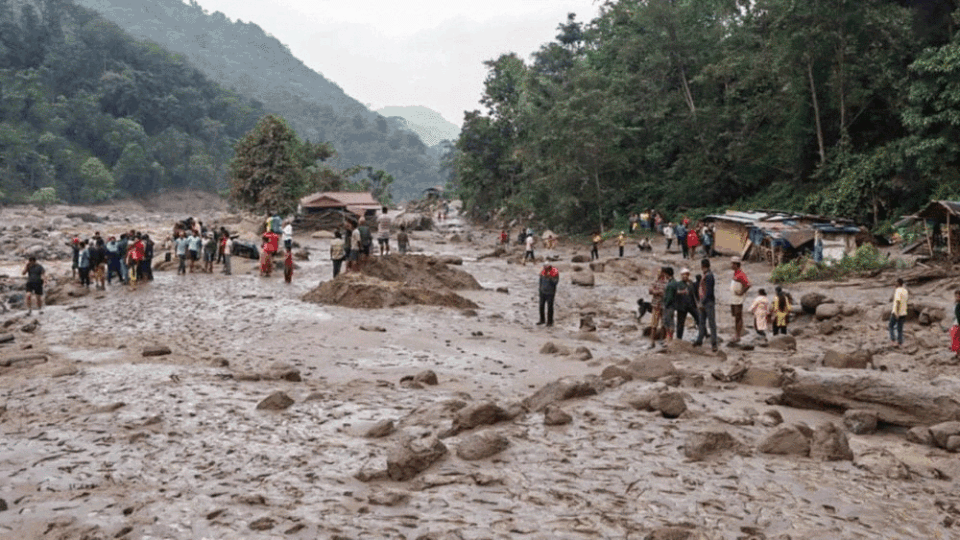Experts Dismiss ‘Cloudburst’ Theory Behind Deadly KP Floods, Blame Rare Weather Convergence
PESHAWAR (August 19, 2025): Meteorologists have rejected the theory that a cloudburst caused the recent devastating floods in Khyber Pakhtunkhwa (KP), saying instead that a rare convergence of two rain systems triggered excessive rainfall and flash floods in the region.
The catastrophic floods in Buner district, which claimed over 200 lives, left 120 injured, and destroyed hundreds of homes, were the result of this unusual weather phenomenon, according to former Chief Meteorologist of the Pakistan Meteorological Department (PMD), Syed Mushtaq Ali Shah.
What Actually Happened?
Speaking to APP, Mushtaq Ali Shah explained that on August 15, 2025, two separate rain systems entered KP from the west and east. Their convergence caused torrential downpours in the affected districts.
He clarified that these heavy rains cannot be classified as a cloudburst, saying:
-
A cloudburst is an extremely rare, highly localized rainfall event, usually limited to 15–20 square kilometers.
-
In Pakistan, genuine cloudbursts have mostly been recorded in Gilgit-Baltistan and Azad Kashmir, not in Buner or surrounding KP districts.
Misuse of the Term ‘Cloudburst’
Mushtaq urged the public to avoid using the term “cloudburst” on social media, stressing that it spreads misinformation and unnecessary fear.
“The recent floods were caused by excessive rainfall due to system convergence, not by a cloudburst,” he emphasized.
PMD Experts Agree
Another PMD official, Irfan Virk, backed Mushtaq’s assessment, saying no evidence of cloudburst-like rainfall (around 100 mm in a very short span) was recorded in KP during the last few days.
Virk highlighted that:
-
Heavy rainfall and soil erosion caused by deforestation were the major contributors to the floods.
-
Climate change is altering global rainfall patterns, which could sometimes mimic cloudburst-like effects at a micro level, though undetectable by PMD radars.
Climate Change and Future Risks
Experts warn that climate change is intensifying rain systems in Pakistan, making floods more frequent and destructive. They stressed the need for:
-
Scientific research to better understand changing weather patterns.
-
Preventive measures to protect vulnerable communities.
-
Environmental protection, especially stopping rampant tree cutting that worsens soil erosion and flood damage.
👉 In short, meteorologists have confirmed that the KP floods were not caused by a cloudburst but by rare system convergence and climate change impacts. Authorities are being urged to conduct deeper research and strengthen disaster preparedness to safeguard lives in the future.

